Moving from Monolithic to Microservices Architecture
What is the definition of a monolithic application?
An application that can be deployed as a single unit. A database, an API backend layer, and a client-side user interface are commonly associated with (a monolith).
What is a Microservice?
A microservice is a single service designed to carry out a single application feature. The application in a microservices-based architecture is a distributed collection of numerous services, each with its own aim. Each microservice is fully functioning on its own and may be deployed on its own.
Each microservice is loosely connected, with well-defined APIs for interacting with other microservices.
Why should you make the switch from monolithic to microservices architecture?
- The goal of migrating to microservices architecture is to provide a more robust and scalable environment for individual features of the application, so that they can be more easily managed and updated
- This leads to faster improvements on each migrated feature, providing users with value along the way.
- The migration can be done feature by feature, in order to avoid a large-scale migration event and its associated risks specially if the existing application is in production.
- This makes the application easier to understand, develop, test, and become more resilient to architecture erosion.
- Microservices architecture enables parallel development by small autonomous teams.
- They can develop, deploy, and scale their services independently.
- Since each microservice is independent, architecture of an individual service can improve through continuous refactoring.
- Microservices-based architectures enable continuous delivery and deployment
We can migrate in a variety of ways.
Lift and shift
With a lift and shift migration strategy, functionality from a monolithic application are relocated to a microservices-based target application with few changes or restructuring. The goal is to make the functionality work in the target application without making any changes. This migration will take the least amount of time and require the least amount of refactoring.
Lift and shift migrations are simpler to do because no additional knowledge is required and your team may use the same tools and talents. Off-the-shelf software is also supported by these migrations. However, because we are only making minor changes, they are not taking full use of cloud platform advantages such as scalability and other issues.
Improve and shift
The application functionalities are separately improved or modernised in an enhance and shift migration, and the resulting refactoring is done while migrating.
Modern features can benefit from cloud-native capabilities not only to work in the new environment, but also to increase performance, features, cost, and user experience. If an application feature’s present architecture cannot be supported in the target environment on its own, reworking is required to make it flexible.
In addition to the adjustments you need to make to migrate, you can also add important updates to the workload to boost scalability and high availability. You can also design the enhancement to increase the app’s portability.
Rip and replace
A current application functionality is completely reimagined and rewritten from the ground up using this method. The previous application has been discontinued.
Because you’re starting from scratch, you’ll be able to take advantage of current Cloud capabilities like horizontal scalability, managed services, and high availability. You can also copy all of the pending features from the old app and paste them into the new one.
Such migrations, on the other hand, take a long time. As part of the app’s lifecycle, you must assess the extra effort required to redesign and rewrite it.
Your crew will also need to upgrade their talents and acquire new tools.
Microservice for New Applications
- One common advises to start a new solution is always to start with a monolith, keep it modular and split into microservices once the monolith becomes a problem. This makes your progress fast in the beginning especially if your team is small and you do not want to deal with challenges of the microservice architecture.
- However, developing such a well-modular application can be a problem since it is hard to keep modules isolated from each other as you would do it for microservices. Microservice architecture naturally forces you to develop well isolated services, but in a modular monolithic application it’s easy to tight couple modules to each other and design weak module boundaries and API contracts.
- ABP.IO framework can help you in that point by offering a microservice-compatible, strict module architecture where your module is split into multiple layers/projects and developed in its own VS solution completely isolated and independent from other modules.
- Such a developed module is a natural microservice, yet it can be easily plugged-in a monolithic application. All standard ABP.IO modules are developed based on this guide. So, you can use these modules by embedding into your monolithic solution or deploy them separately and use via remote APIs. They can share a single database or can have their own database based on your simple configuration.


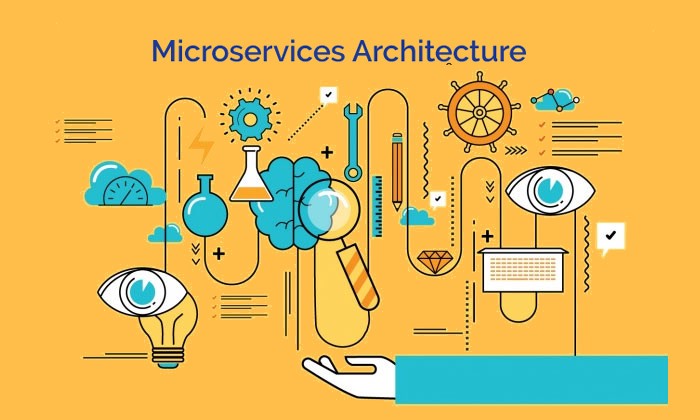


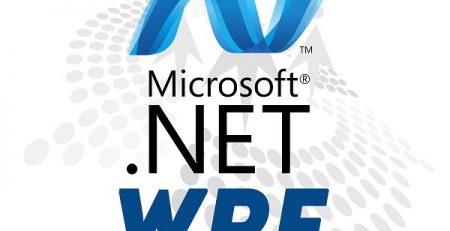
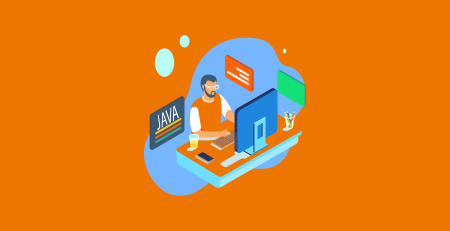
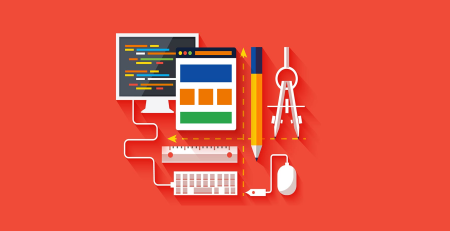
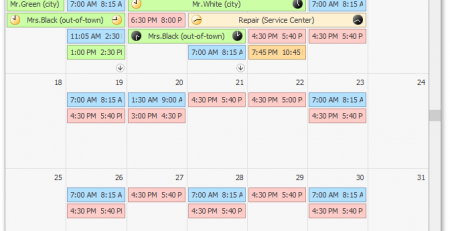

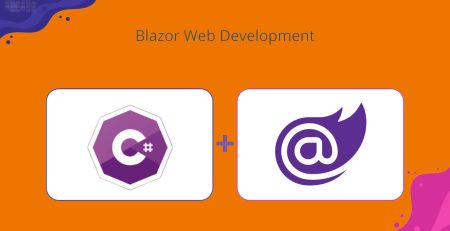
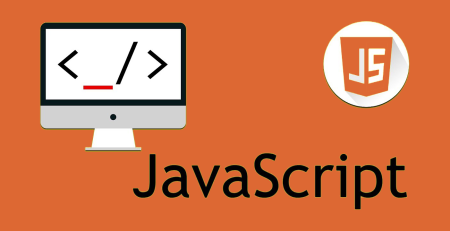
Leave a Reply